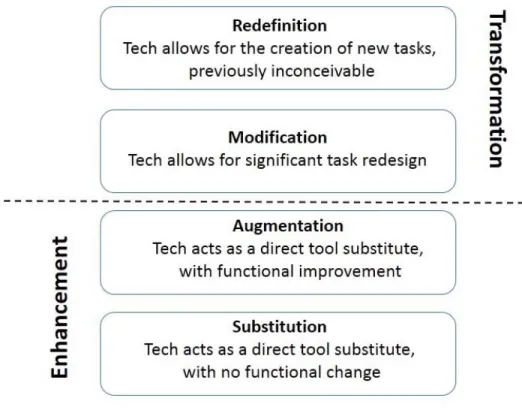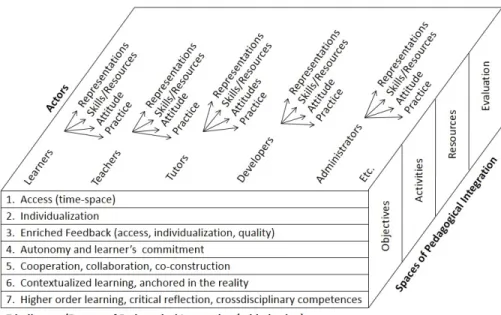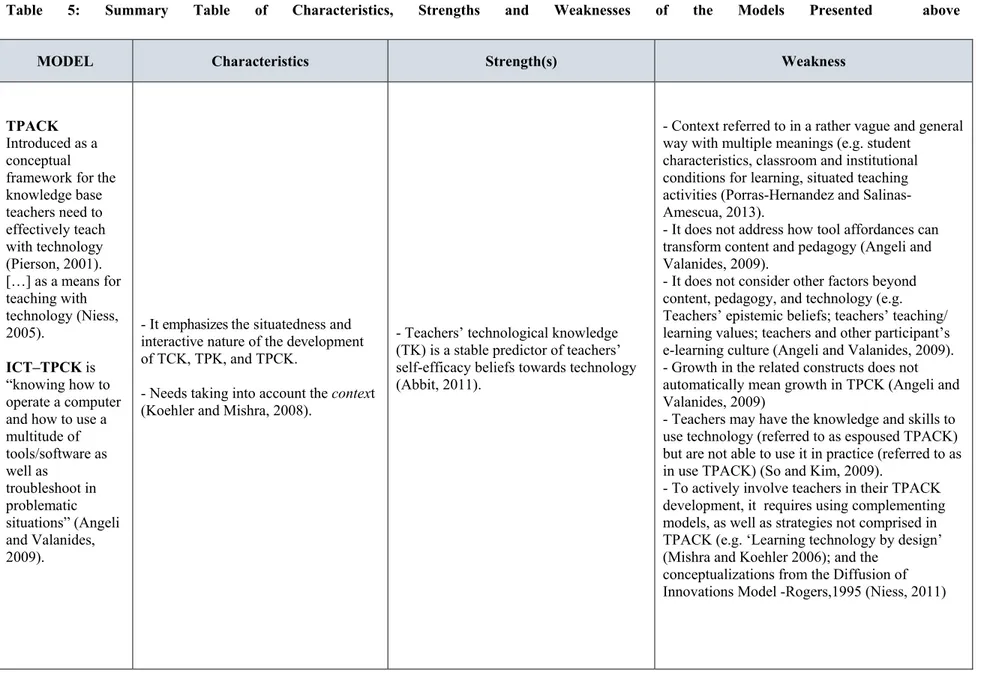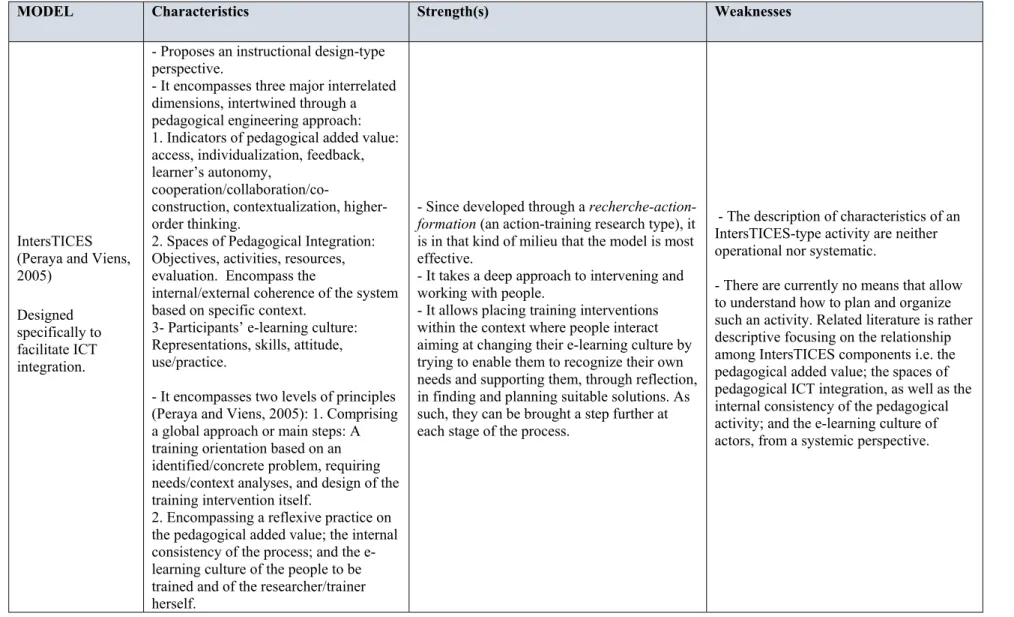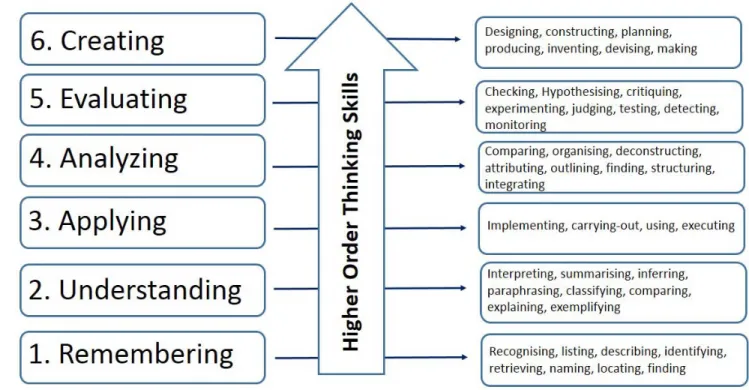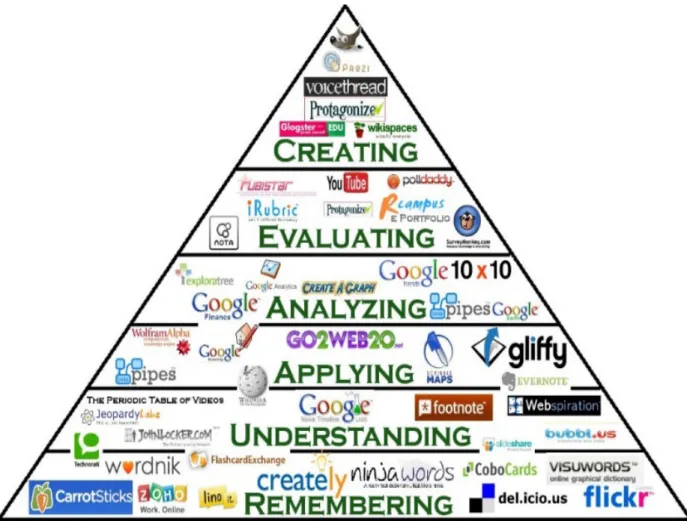E-Learning culture : operationalization of a systemic model to support ICT-Integration in pre-service teacher trainers’ practice
Texte intégral
Figure
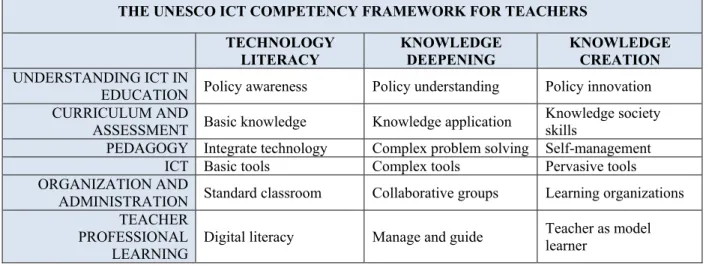

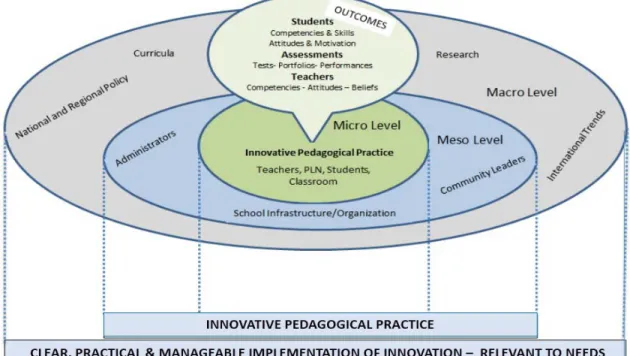
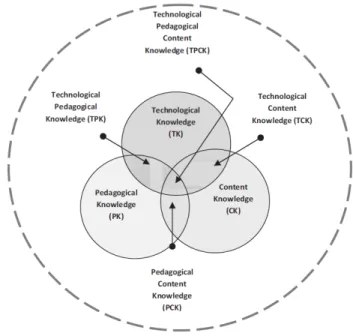
Documents relatifs
The Wheelchair Service Training Package – Intermediate Level 4 (WSTPi) supports the training of personnel to provide an appropriate manual wheelchair and cushion for adults
The manifestation of a teacher-culture of participation and mindset of a (meta-) design thinker, will ultimately allow teachers to facilitate a culture of participation in
There is a request for new teaching professions: the curator of the online platform (“adapts the requirements of specific disciplines to the online environ-
The research study questions how student teachers perceive e-portfolios as means of learning and professional development and to what extent the portfolios and technologies
The acquisition of ICT skills is based on an approach that implements an e-Learning-based model consisting in the following key elements: definition of an informal training
Ultimately, mediation by the language teachers constitutes yet another fundamentally interpersonal and social activity, whose ethical dimension calls
Language awareness in the context of EFL teacher training might be defined as a teacher's sensitivity to and conscious awareness of the nature of language and its role
In this article, we discussed the referential logic (top-down pedagogical method) of the flipped classroom, which is based on the spatiotemporal dichotomy of blended
